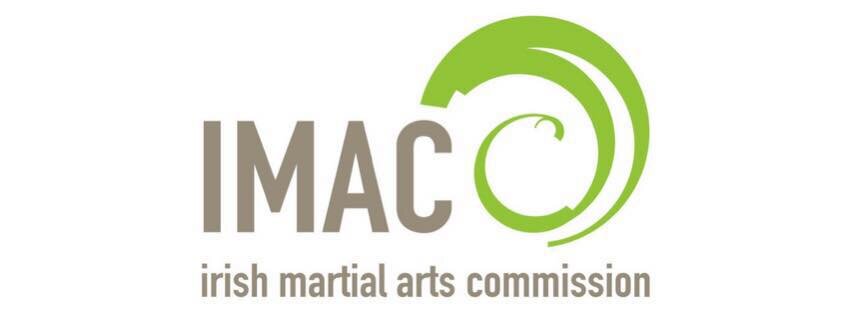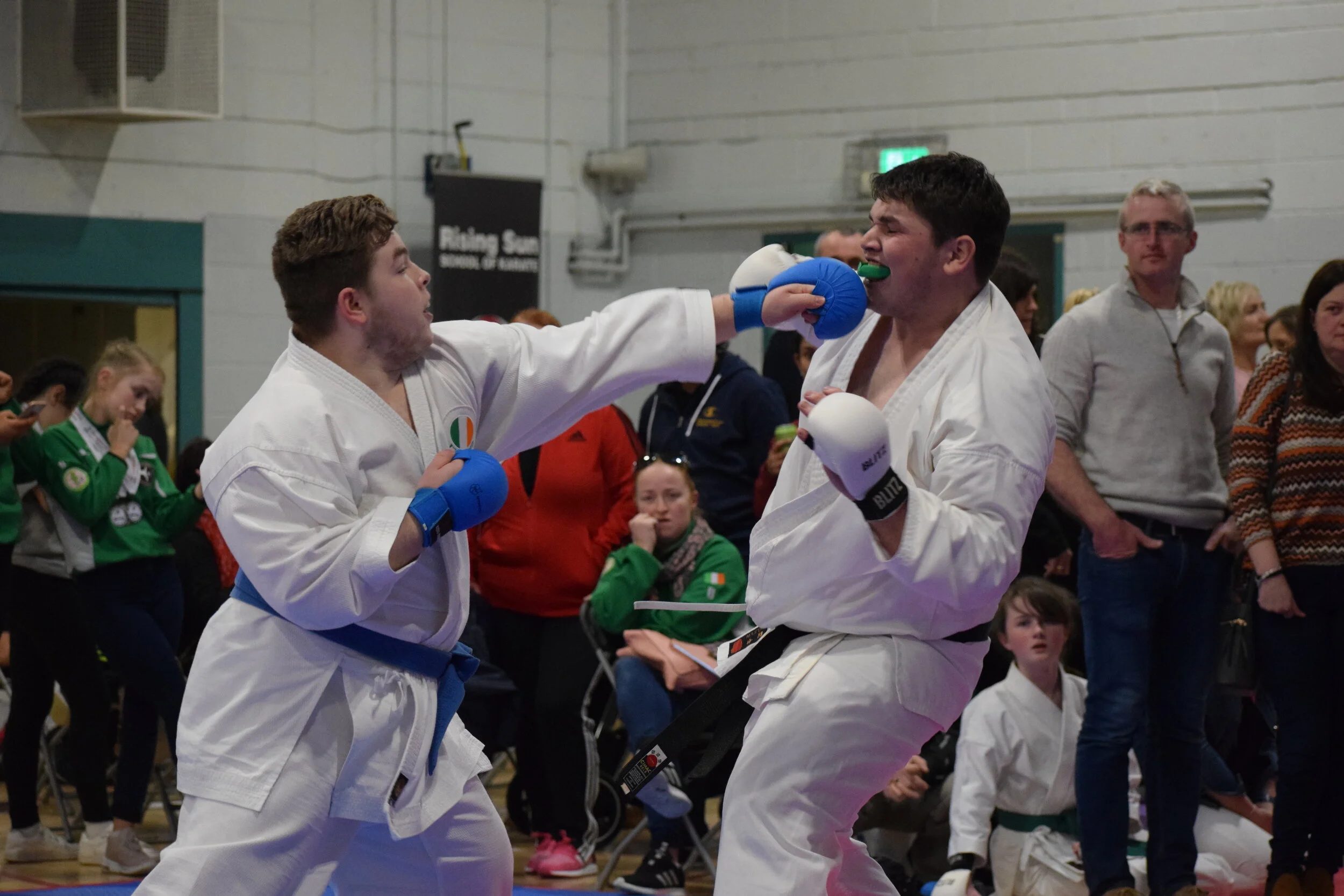History
Karate, the Japanese word for “empty hands,” was born in the Okinawan Islands as a form of self-defense, at a time when weapons were banned by invading Japanese forces. It began as te (hand), a fighting style used by the natives of the Ryukyu Islands, and was later influenced by Chinese kenpō, introduced through the Chinese families that settled on Okinawa after trade relationships between China and the islands were established.
Where Karate Began
From three Okinawan cities (Shuri, Naha, Tomari), each closely spaced but with very different societal demands, three separate styles emerged:
Shuri-te
Naha-te
Tomari-te
Collectively, these styles were called Okinawa-te or tode (Chinese hand), and over time, the styles merged slightly to become just two: Shōrin-ryū, developed near Shuri and Tomari, and Shōrei-ryū, near Naha.
Because of increasing Japanese influence, the label of te was eventually lengthened to karate-jutsu (Chinese hand art). It then changed to karate-do after an Okinawan master altered the meaning of the word kara (also pronounced tode) to mean “empty” rather than “Chinese hand.” karate-do translates into “the way of the empty hand.”
Common Beliefs about Karate
Very little is known of the exact origins of karate before it appeared in Okinawa, but one popular theory states that it came from India over a thousand years ago, brought to China by a Buddhist monk called Bodhidarma (“daruma” in Japanese). As legend describes it, Bodhidarma arrived in Shaolinsi and began teaching Zen Buddhism as well, a style of temple boxing based on exercises designed to strengthen the mind and body. The historical accuracy of this legend is still a hot issue of debate today.
Significant Dates
1905: Karate is included in Okinawa’s physical education programs at the intermediate level.
1917: Funakoshi gives the first public demonstration of karate-do.
1922: Funakoshi is invited by Dr. Jano Kano to give a demonstration at the Kodokan Dojo, bringing karate-do to Japan.
1924: The first university karate club is established in Japan, at Keio University.
1930s: Karate makes its way to Canada.
1936: Okinawan masters meet to discuss karate in Okinawa, a meeting sponsored by the newspaper Ryukyu Shimpo.
1939: Japan opens Shoto-Kan, its first formal training school.
1945: The first dojo is opened in the United States.
1949: The Japan Karate Association is formed.
1950s: Karate is introduced in the United Kingdom.
1960s: Karate makes its way to the Soviet Union and is banned and unbanned several times over the next three decades.
1964: France Shotokan Karate is created in France.
1989: Karate is legalised once again in the Soviet Union.
Significant Historical Figures
Gichin Funakoshi: Founder of Shotokan.
Dr. Jano Kano: Founder of Japanese judo.
Sakukawa Kanga: One of the first Okinawans to study in China.
Itosu Anko: Often called the “grandfather of karate,” brought karate to Okinawan schools and simplified it for increased public acceptance.
Chojun Miyagi: Named the Gōjū-ryū style.
Hironori Otsuka: Founder of the Wadō-ryū style.
Kenwa Mabuni: Founder of the Shitō-ryū style.
Modern Karate
Today, karate-do is taught all around the world, and though it is often modified and always changing, four distinctive Japanese styles have emerged:
Gōju-ryū
Shitō-ryū
Shotokan
Wadō-ryū
ABOUT KARATE IRELAND
Karate Ireland is the Governing body for Karate within the Irish Martial Arts Commission (IMAC). Karate Ireland promote understanding and training in, the Martial and Spiritual Arts of Karate, in all their styles, on both a local, national and International level. Karate Ireland endeavour to foster and improve the communications, understanding and co-operation between the various organisations, clubs and individuals within the Irish Karate community.
Karate Ireland is an umbrella group for all styles of karate and clubs within Ireland. Membership of Karate Ireland gives our clubs direct access to our Garda Vetting programme, Level 1 & 2 Coaching safe guarding, First Aid courses & Rigorous Anti Doping policies, Comprehensive referee training.
Karate Ireland hosts its unique and hugely popular “Open National Karate Championships” at the end of each karate calendar year with entries now exceeding the 500 competitor mark, There are almost 100 clubs now registered with Karate Ireland and membership growing year on year we are constantly striving to make karate accessible to everyone, for everyone. Over the past few years we have added an “Inclusive” section which provides students the chance to experience their full potential and compete along side fellow karate – ka. Karate Ireland is affiliated to the IKU “International Karate Union” which gives our members access to IKU European and World Karate Championships.
Contact Details
Website www.karateireland.net
Karate Ireland Secretary: Catherine Chelmiah
e: catherinekarateireland@gmail.com
Karate Ireland Pro : Trev Whelan
e: karateirelandpro@gmail.com















